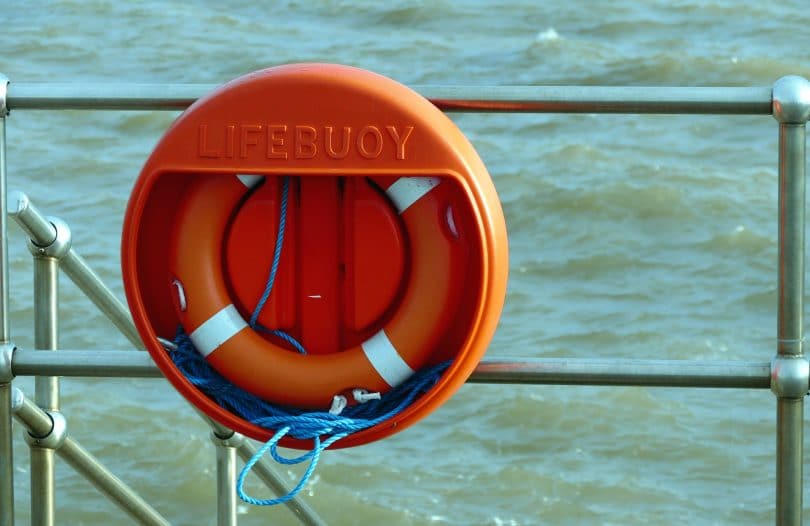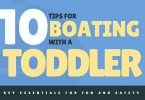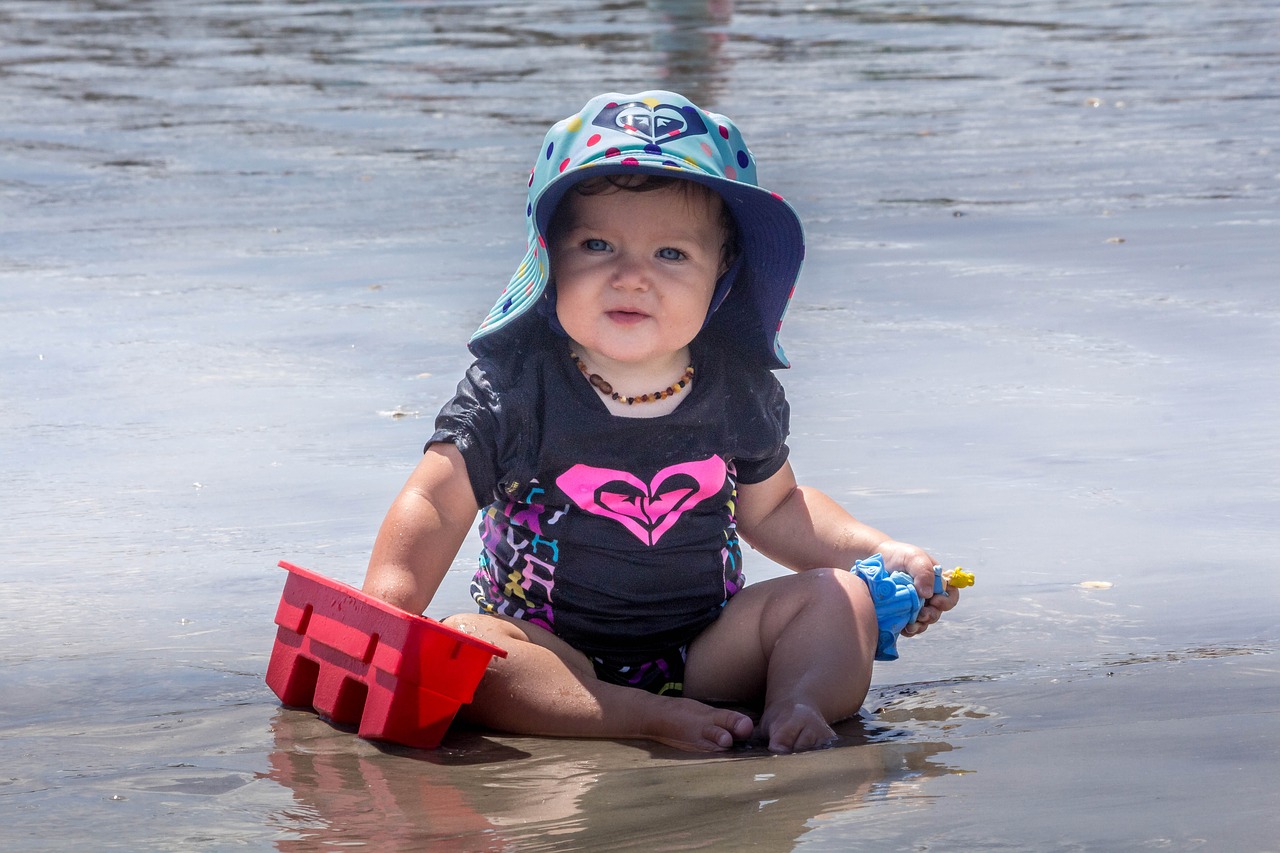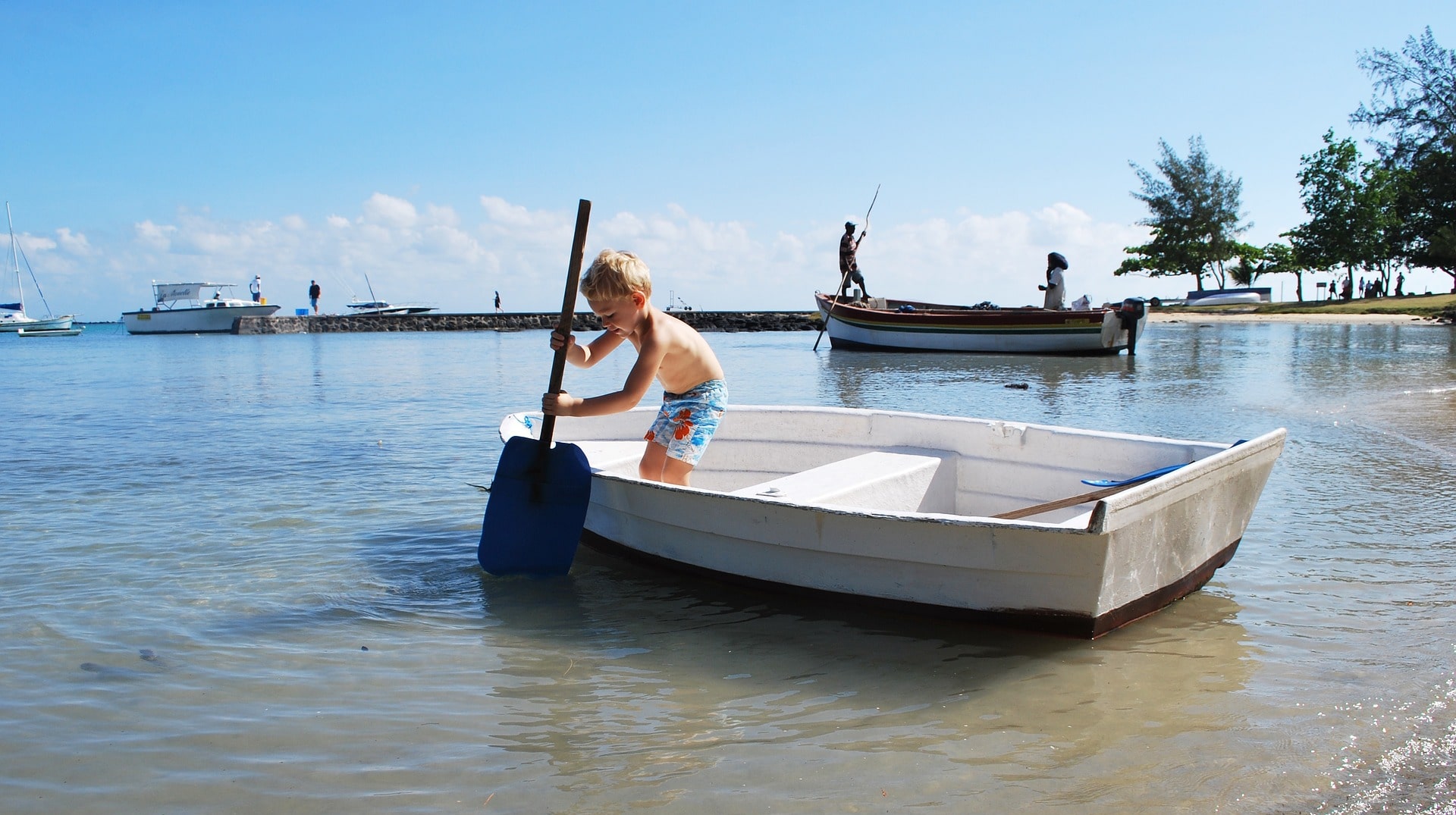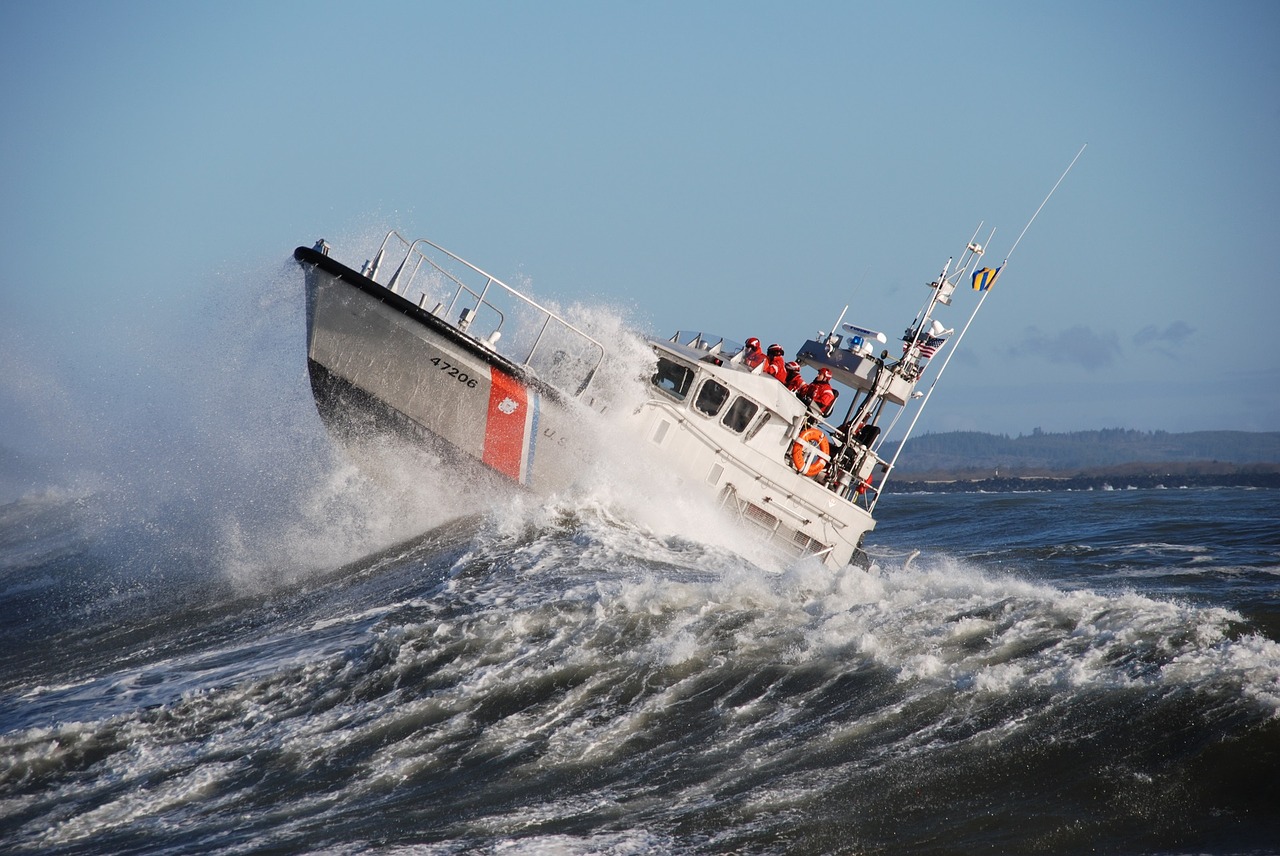Every boat is different, which means every boat needs a proper flotation device. Whether you are looking for a classic flotation device, or something more modern, in this article we will show you some types available today. Flotation devices for boats can come in a variety of shapes and sizes. We will try to cover some of the more popular flotation devices and why every boat should have one.
Why Do I Need A Flotation Device?
First, a flotation device is required on every boat no matter the circumstance. It is a legal requirement, at least in the USA, to have a flotation device for each person that is in the boat. Additionally, you will want a flotation device for the boat itself, such as a Type IV life preserver.
Where Are You Boating?
 This is an obvious question, but one of the most important. First, ask yourself where will you be boating? To many, this question is not really existent. But, to some, this is important. There are certain places where you may want to consider a different type of flotation device. If you’re on the search for the right flotation devices for boats, consider your location. For instance, people in ice cold climates may want to consider a Type V flotation device. Some of these are specifically designed for cooler climates. Additionally, if you are heading out on the ocean, a more suitable flotation device should be considered.
This is an obvious question, but one of the most important. First, ask yourself where will you be boating? To many, this question is not really existent. But, to some, this is important. There are certain places where you may want to consider a different type of flotation device. If you’re on the search for the right flotation devices for boats, consider your location. For instance, people in ice cold climates may want to consider a Type V flotation device. Some of these are specifically designed for cooler climates. Additionally, if you are heading out on the ocean, a more suitable flotation device should be considered.
Flotation Devices For Boats
Let’s get to some of the types of flotation devices for boats available today:
1. Throwable Flotation Devices
If you have a particularly larger vessel, you may be required to have a throwable flotation device on board. Therefore, it is important to consider the size of your boat. So, in most cases, if your boat is over 16 feet long, you will require a throwable flotation device on board. Check local rules and regulations for details. Generally, these rules don’t apply to canoes or kayaks.
Types Of Throwable Flotation Devices For Boats
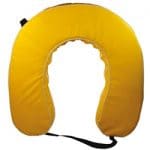 First, we will go over horseshoe style flotation devices for boats. These are designed in a horseshoe type shape and come in various sizes. Additionally, the buoyancy ranges so find out which is most appropriate for you. The main benefit of the horseshoe design is that they are generally heavier than comparable flotation devices for boats. This way, in heavy winds or breezy weather, these would be easier to throw. Also, they may get out further in the water.
First, we will go over horseshoe style flotation devices for boats. These are designed in a horseshoe type shape and come in various sizes. Additionally, the buoyancy ranges so find out which is most appropriate for you. The main benefit of the horseshoe design is that they are generally heavier than comparable flotation devices for boats. This way, in heavy winds or breezy weather, these would be easier to throw. Also, they may get out further in the water.
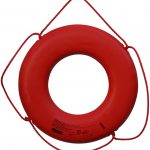 Second, we have classic ring buoy flotation devices for boats. These PFD’s are the classic ring design. The ring buoy’s are very reliable and have been used for a long time. Typically coming with a grab line and straps that attach to the buoy, the ring type of flotation devices for boats can be greatly relied upon.
Second, we have classic ring buoy flotation devices for boats. These PFD’s are the classic ring design. The ring buoy’s are very reliable and have been used for a long time. Typically coming with a grab line and straps that attach to the buoy, the ring type of flotation devices for boats can be greatly relied upon.
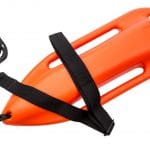 Finally, the last type of device we will feature is a typical rescue can flotation device. This is a design many will remember from the TV show Baywatch. These are primarily designed for maneuverability through the water. Moreover, they generally glide quite well through different types of water. There are a few more grips on these for the person overboard to grab on to. Depending on the type of water they are in, these rescue-can style flotation devices can move well and provide less drag.
Finally, the last type of device we will feature is a typical rescue can flotation device. This is a design many will remember from the TV show Baywatch. These are primarily designed for maneuverability through the water. Moreover, they generally glide quite well through different types of water. There are a few more grips on these for the person overboard to grab on to. Depending on the type of water they are in, these rescue-can style flotation devices can move well and provide less drag.
2. Personal Flotation Devices
To start, size does not matter in this situation. Whether you have a tiny boat or big boat, you are legally required to have a personal flotation device on your boat for every person on board. When it comes to PFD’s, there are a variety of flotation devices for boats to choose from.
First, you have to determine the type. Life jackets come in Type I all the way to Type V, which we have covered in another post where we wrote about USCG life jacket types. Within these categories, you can get all sorts of different types of life jackets. So, on the subject of flotation devices for boats, we will only summarize a couple options for you.
Types of Personal Flotation Devices For Boats
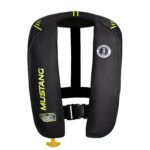 To start, there are inflatable PFDs. These are generally used by people that don’t want their life jacket to get in the way. So, when searching for flotation devices for boats, determine your comfort and skill level before choosing this type of life jacket. They generally are fairly light and comfortable and either inflate automatically or manually when you hit the water.
To start, there are inflatable PFDs. These are generally used by people that don’t want their life jacket to get in the way. So, when searching for flotation devices for boats, determine your comfort and skill level before choosing this type of life jacket. They generally are fairly light and comfortable and either inflate automatically or manually when you hit the water.
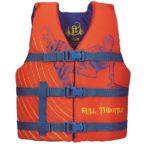 Next, we have a life jacket that is typically filled with a buoyant foam or material that will keep a person afloat. These types of life jackets can also be broken down into 3 different types: Solas, Standard and Small Vessel. We won’t go into too much detail about the differences in this post, but they have to do with buoyancy and ability to automatically turn a person over. Furthermore, this is especially important if somebody is unconscious.
Next, we have a life jacket that is typically filled with a buoyant foam or material that will keep a person afloat. These types of life jackets can also be broken down into 3 different types: Solas, Standard and Small Vessel. We won’t go into too much detail about the differences in this post, but they have to do with buoyancy and ability to automatically turn a person over. Furthermore, this is especially important if somebody is unconscious.
- Solas are the best and will generally be able to flip an unconscious person right side up in very little time.
- Standard life jackets is what you will find around most water vessels. They’re usually designed with a great level of buoyancy and can be quite reliable.
- Small vessel life jackets are designed very well. Additionally, they are more like a vest but they do lack in the ability to turn a person over.
Conclusion About Flotation Devices For Boats
Hopefully this article shed some light on the topic of flotation devices for boats. First, it is very important to have flotation devices on your boats. Moreover, it is usually the law to do so. Additionally, you should have a PFD for every passenger on your boat. If you have a larger vessel, please check local rules and regulations for more detail. Finally, have fun out on the water and be safe!

